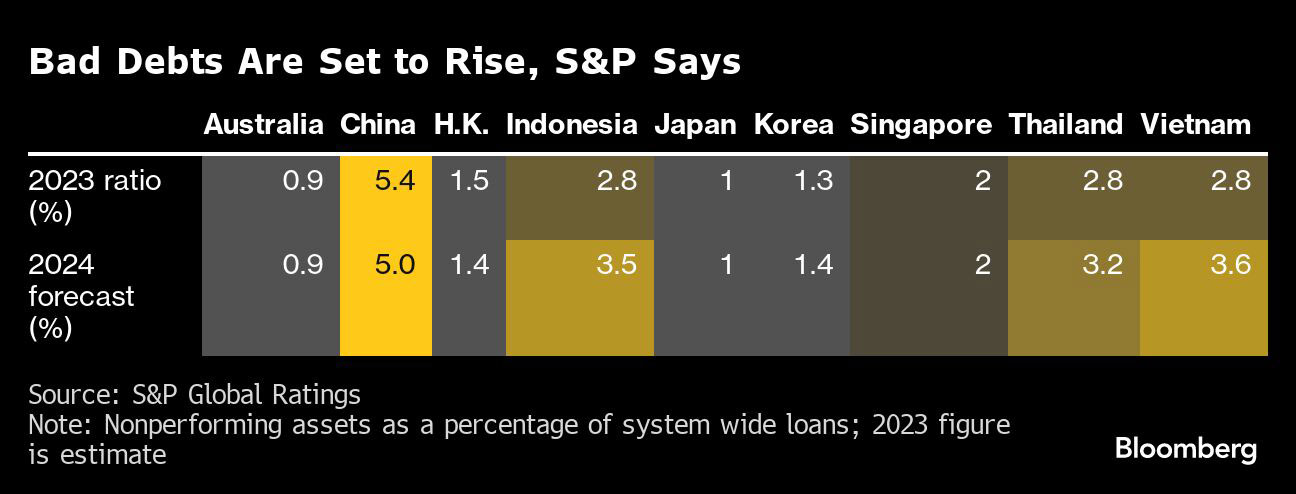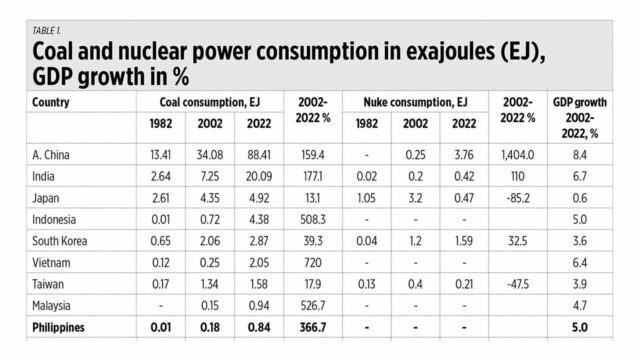This being the first working day of 2024 and my first column for the year, I thought I should start with a happy note. As a bit of a Philippine history buff, I am happy that a full-length movie about the Filipino martyr-priests Mariano Gomez, Jose Burgos and Jacinto Zamora has been made. That the movie GomBurZa reaped the most awards, among them the second-best picture, best actor and best director honors in this year’s Metro Manila Film Festival made me happier because that made many theaters in Metro Manila as well as in major provincial cities to show the film, drawing a wider audience for it. Sadly, I cannot see GomBurZa because I am under strict orders by my doctors to avoid air-conditioned places where there is a sizable crowd.
Hundreds of thousands of Filipinos must have seen the movie by this time and learned more about the three Catholic priests, about whom very little has been written in Philippine history books. And yet their crusade for Filipinization of the Catholic dioceses or parishes and their subsequent martyrdom inspired their countrymen, notably a 10-year-old boy named Jose Mercado, who would later become known as Jose Rizal, to start a movement that called for reforms in Spanish rule, equality of Filipinos and Spaniards before the law and eventually independence from Spain.
GomBurZa the movie was the topic of the after-dinner conversation at the family gathering on Christmas Day. Someone said the movie was produced by the Jesuits of Ateneo because the three priests were all Jesuits. No one around the dinner table, and there were many, interjected a correction. And yet, they all went to prestigious Catholic schools run by religious orders and therefore should know the difference between secular and regular priests. And having gone through high school when Philippine history was an integral part of the curriculum, they should have learned that the three priests were advocating the replacement of Jesuits, Dominicans, Augustinians and other friars in parishes or dioceses with Filipino secular priests. I had to make the correction — as politely as I could.
That shows how little is written about Fathers Gomez, Burgos and Zamora in Philippine history books. What I remember distinctly from my high school Philippine history book, written by Gregorio F. Zaide, is that the three priests were executed with the use of an uncommon device, the garrote. That is because the book had an illustration of the execution. I don’t remember reading the reason why they were implicated in the Cavite mutiny.
As far back as 2004, I was already pushing the production of a video that would depict the participation in nation-building of national heroes other than Jose Rizal, Andres Bonifacio, Emilio Aguinaldo, Apolinario Mabini and Antonio Luna, about whom movies have been made and tomes written. I was inspired by the Department of Tourism promotional musical video “Tara Na, Biyahe Tayo.”
In the video, 21 of the country’s top singers urged viewers to see the beautiful spots of the Philippines, witness the unique festivities of some cities and savor the famous delicacies of certain towns. The excitement and zest displayed, and the wonderful music rendered by Lea Salonga, Sharon Cuneta, Freddie Aguilar, Joey Ayala, the Apo Hiking Society, Janno Gibbs and others could not but induce one to embark on the journey they suggest. And to think they lent their pricey talent and time to the Department of Tourism for free.
The example of selflessness and patriotism shown by the singers and artists behind the production of “Tara Na, Biyahe Tayo” moved me to write in this space in 2004:
“I fervently hope that the laudable example of selflessness and patriotism shown by the singers and creative geniuses behind the production of “Halina, Biyahe Tayo” is followed by other star performers and artists in the near future. Pride in our history and culture, homage to our national heroes and the promotion of Filipino values can be the themes of future music video productions.
“The bayanihan spirit and love of country demonstrated by Broadway star Lea Salonga, Megastar Sharon Cuneta and the 19 other marquee singers should inspire others to contribute their outstanding talent to future undertakings with as lofty purposes. It would be wonderful to hear Robert Seña, Nolyn Cabahug, Martin Nievera, Gary Valenciano, Isay Alvarez, Regine Velasquez, Zsa Zsa Padilla, Celeste Legaspi, Basil Valdes and Marco Sison extoll the heroism of Mariano Gomez, Jose Burgos, Jacinto Zamora, Marcelo del Pilar, Graciano Lopez y Jaena, Emilio Jacinto, Melchora Aquino, Gregoria de Jesus and others who displayed their patriotism during the struggle for independence from Spain.
“Pfizer, a foreign company, illustrated the meaning of corporate citizenship when it extended its assistance to the Department of Tourism in the production of the music video promoting domestic tourism. Perhaps, local companies can collaborate with the Department of Education in producing a music video promoting love of country or extolling Filipino values. Definitely, we should have more music videos with patriotic themes that demonstrate ang galing ng Pilipino (the talent of the Filipino) and the bayanihan spirit like ‘Tara Na, Biyahe Tayo’ magnificently does.”
I first developed a special interest in the saga of GOMBURZA in 1992 when a long-lost boyhood friend, Geronimo B. de los Reyes, Jr. (we were neighbors and schoolmates back in the late 1940s) called. Having read my columns that made references to certain episodes of Philippine history and to Rizal’s article “100 Years Hence,” he wanted to bounce off me his plan to build a museum for his fabulous collection of photographs of historic events, including one of the original copies of Rizal’s execution, and of sceneries during the 50-year period between 1880 and 1930.
Over lunch, he told me that he didn’t think a museum by itself would draw people. So, he was thinking of developing a theme park around the museum to attract people who could be funneled into the museum. Mr. De los Reyes is a builder. He built Pacific Plaza on Ayala Avenue, Makati and Gateway Business Park in Gen. Trias, Cavite. I suggested Philippine history as the theme of the park. He asked me to develop the concept further. I had pencil renderings done.
At the same time, he had extensive research conducted on a significant episode in Philippine history. It was about the mutiny of the Filipino troops and workers at Fort San Felipe in Cavite, an event that had gone down in history as the Cavite mutiny of 1872. Mr. De los Reyes is a direct descendant of Crisanto de los Reyes, one of those involved in that insurrection.
That is how I got to know well the true story of the Cavite mutiny and the specific involvement of all the people implicated in the mutiny. I joined their descendants at the formal dedication in 1995 of the memorial Mr. De los Reyes had built next to the vestiges of Fort San Felipe.
Going back to the idea of a music video on the lesser celebrated national heroes, the success of the movie GomBurZa prods me now to suggest the production of biopics instead of music videos. Maybe movie superstars can follow the example of patriotism of the top singers by accepting roles in historical drama films for significantly lower talent fees.
It would be wonderful to see Piolo Pascual, Coco Martin, Dingdong Dantes, Daniel Padilla, Maja Salvador, Bea Alonzo, Kathryn Bernardo, Alden Richards, Enchong Dee, Marian Rivera, Alessandra de Rossi, Dimples Romana and other movie stars portraying the patriotic men and women who rose against Spain at the end of the 19th century.
Perhaps, Ayala Corp., San Miguel Corp., SM Investments Corp., JG Summit Holdings, Inc., Aboitiz Equity Ventures, Inc., International Container Terminal Services, Inc., Vista Land & Lifescapes, Inc. and DMCI Holdings, Inc. can collaborate with the National Historical Commission of the Philippines in the making of history-based motion pictures like Jose Rizal starring Cesar Montano, Heneral Luna and Goyo, Ang Batang Heneral.
Happy New Year, dear reader.
Oscar P. Lagman, Jr. is a retired corporate executive, business consultant, management professor and an avid reader of Philippine history.














